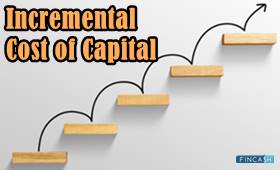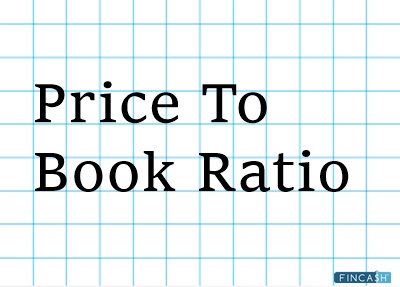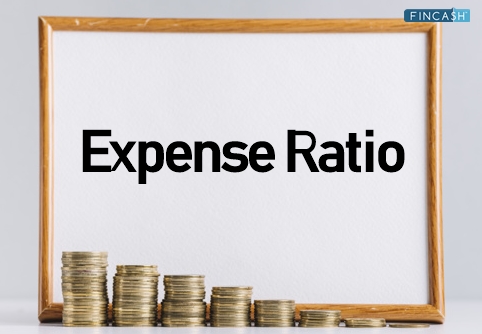
Incremental Capital Output Ratio (ICOR)
What is the Incremental Capital Output Ratio (ICOR)?
Abbreviated as Incremental Capital Output Ratio, ICOR is a tool that signifies the relation between the investment level made in the Economy and the resultant increase in the Gross Domestic Product (GDP). It also explains the added capital unit or investment required to manufacture an extra output unit.
ICOR is one metric that comprehends the investment capital’s marginal amount that is necessary for an entity or a country to produce the next production unit. Generally, a higher value of ICOR is not preferred as it signifies that the company’s production is not sufficient.

Predominantly, this measure is used in comprehending the Efficiency level of a country when it comes to production. Also, some ICOR critics have proposed that its uses are limited as there is a restriction to how efficient a country can be on the Basis of the technology that is available.
For instance, a developing country can increase GDP theoretically by a significant margin with a specific amount of resources in comparison to a developed country. This is mainly because a developed country is already functioning with the highest level of infrastructure and technology, while a developing country still has a way to go.
ICOR Formula
In a way, ICOR can be calculated with this formula:
ICOR = (Annual Investment)/(Annual Increase in GDP)
Talk to our investment specialist
Example of ICOR
Let’s take India as the ICOR example. The Indian planning commission working group put forward the required investment rate that would be needed to accomplish varying growth outcomes in the 12th five-year plan.
For 8% as the growth rate, the investment rate at Market price should be at 30.5%, and for 9.5% growth rate, the investment rate of 35.8% is required. In India, investment rates dropped from 36.8% of the GDP in 2007-08 to 30.8% in 2012-13.
During the same period, the rate of growth also dropped from 9.6% to 6.2%. Evidently, India’s growth drop during this period is steeper and dramatic in comparison to the investment rates fall. Thus, there should be several reasons beyond investment and savings rates that will explain the drop in the growth rate of the Indian economy.
If not, the economy will be getting increasingly incapable. As of 2019, the GDP growth of India was 4.23%, and the rate of investment as a GDP percentage was 30.21%.
All efforts have been made to ensure the information provided here is accurate. However, no guarantees are made regarding correctness of data. Please verify with scheme information document before making any investment.












